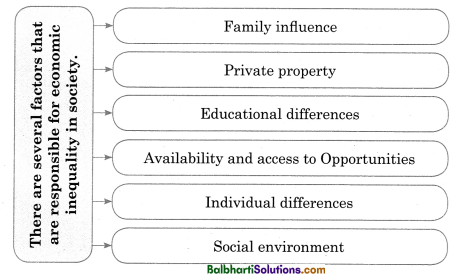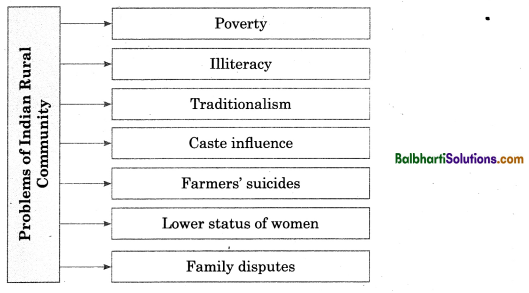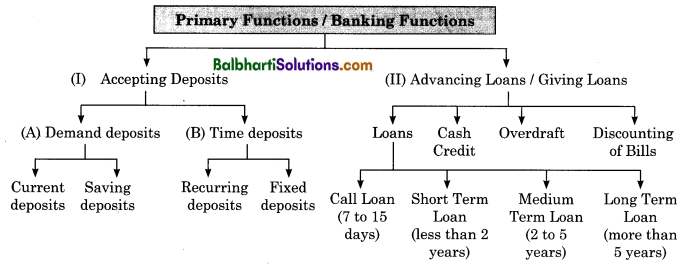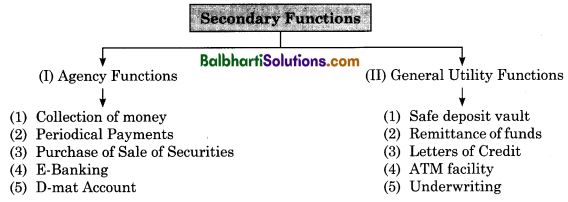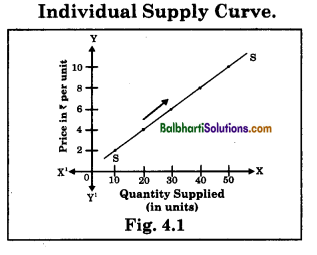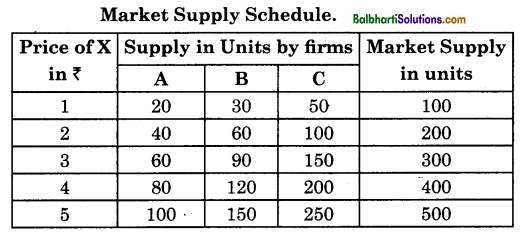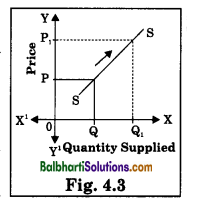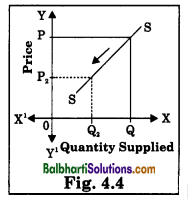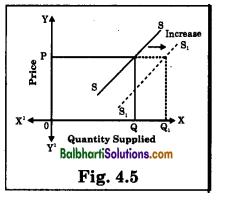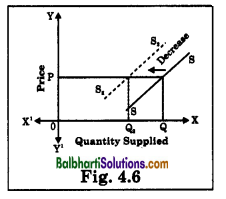By going through these Maharashtra State Board Class 12 Sociology Notes Chapter 4 Processes of Social Change In India students can recall all the concepts quickly.
Maharashtra State Board Class 12 Sociology Notes Chapter 4 Processes of Social Change In India
→ Indian society has undergone many changes. Sociologists have studied these changes and identified concepts to explain these changes.
→ The term social change refers to changes that takes place in the structure and functioning of social institutions.

![]()
Impact of processes of social change:
→ Industrialisation is a process whereby human energy to produce was replaced by mechanical process and machines to enable higher production.
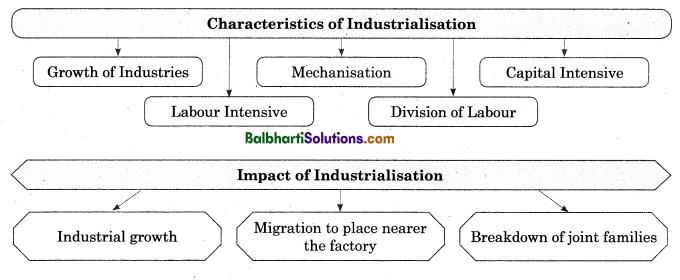
→ Urbanisation is the process of migration of people from rural to urban areas.
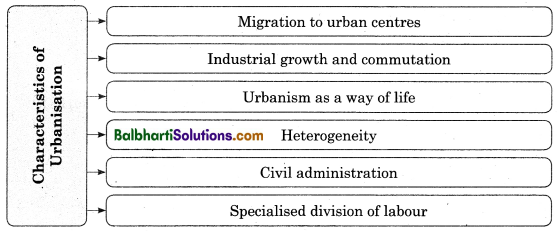

→ Modernisation is the process where there is the use of scientific and rational thinking that is deep-seated.
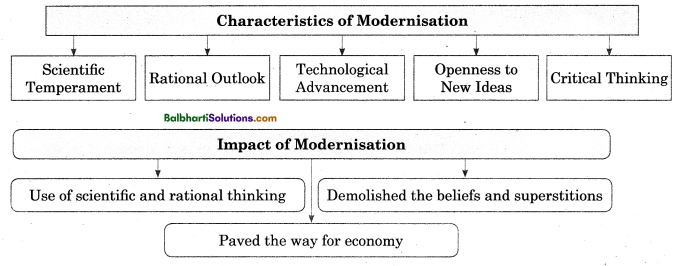
![]()
→ Globalisation is basically an economic process that has opened the markets to a global economy.
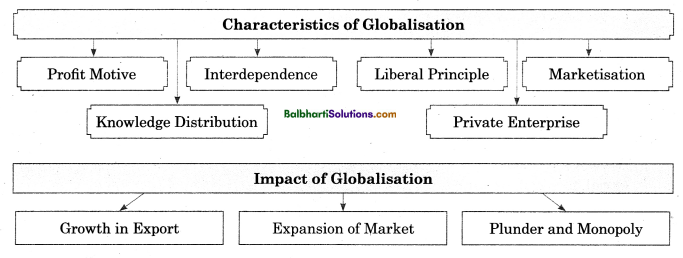
→ Digitalisation is a process of the impact of computers on various aspects of life.






